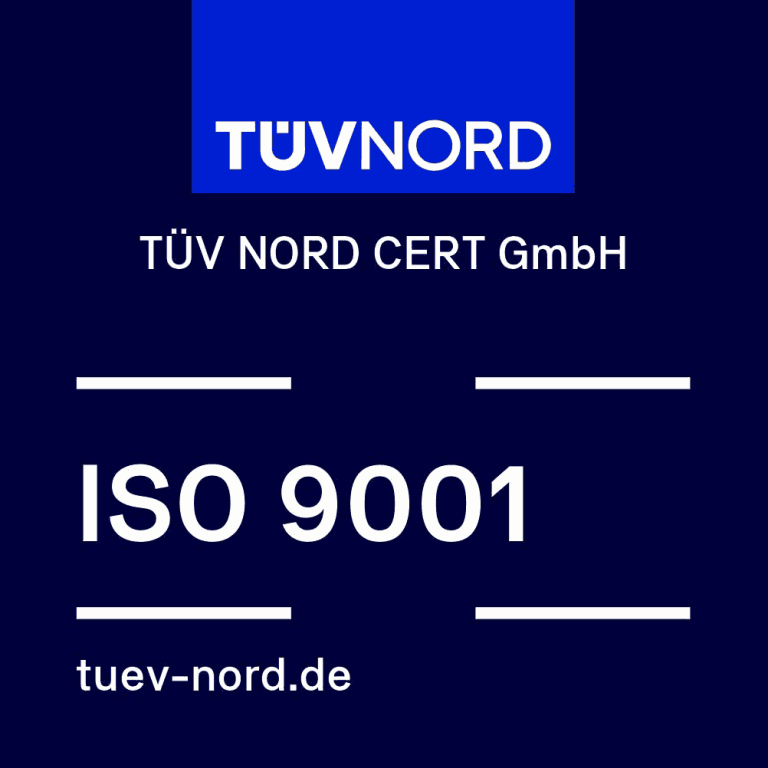Startseite > About us > Academy > Whitepaper – Sleeve cliché or classic fotopolymer cliché?
Adhesive tapes are printed using flexographic printing (rotary printing process). There are two common types of printing plates (clichés) that are applied to the printing plate cylinder: Sleeve clichés or the classic fotopolymer clichés.
A sleeve cliché is a seamless, continuous printing plate. The sleeve cliché is applied to the printing plate cylinder using compressed air. The printing plate cylinder for sleeve clichés is provided with small openings through which the compressed air is pressed. As a result, the sleeve-shaped sleeve cliché is slightly expanded and can be pushed over the cylinder and is then firmly mounted after the compressed air supply is removed.

A sleeve cliché consists of a rubber-like material with a shore hardness tailored to the requirements of adhesive tape printing. The print data is engraved into the sleeve cliché using a laser. For multi-color prints, one cliché is required for each print color.
Classic fotopolymer clichés are flat, flexible printing plates made from fotopolymer that are glued to the printing plate cylinder using a special double-sided adhesive tape. When these flexible cliché plates are mounted on the printing plate cylinder, a seam is created where the start and end of the cliché meet. This seam is also known as a register seam (only visible on negative prints or continuous printing images).

The print image is exposed onto the printing plate using a film under vacuum and UV rays. By subsequently washing out the cliché plate, the exposed elements remain and form the print image (similar to a stamp). For multicolored print motifs, one cliché is required for each printing color.
Sleeve clichés are used especially for continuous print images so that the register seam is not visible in the print image and a continuous look is achieved.
A continuous print image is always present in negative prints, but it can occur also in positive prints when there is a continuous print motif – such as a continuous stripe. Sleeve clichés can also be used to achieve even more precise and accurate printing results with multi-colored print motifs where different shapes interlock.
The color transfer using a sleeve cliché is also somewhat more brilliant compared to fotopolymer clichés.
All standard adhesive tape qualities can be printed with sleeve clichés (PVC, PP, paper, filament and cloth tapes).
The difference is clearly visible in the pictures:

Example: Printing with sleeve cliché for negative printing (without a register point)

Printing with classic fotopolymer cliché for negative printing (with visible register point)
Negative prints are almost fully colored tapes where the typeface appears in the base color of the tape, e.g. white typeface with a blue background as shown above: The base color of the tape is white and the imprint is in blue.
With positive printing, the lettering or printed image is printed on an adhesive tape, e.g. blue lettering on white tape as shown below.


Positive prints with uncomplicated print images and small jobs can be printed with fotopolymer clichés. They guarantee high flexibility and cost efficiency as well as good print quality.
Sleeve clichés are popular for print images that are created using negative printing and for continuous print images for a seamless look without a register point. They offer higher quality and precision for multi-colored interlocking print images.
Josef Löken GmbH & Co. KG
Schaffeldstr. 21
46395 Bocholt, Germany
Whitepapers, seminars and training courses – the concentrated Induplast knowledge in our Academy.


© 2024 Induplast | All Rights Reserved | Imprint | Privacy | Terms and Conditions